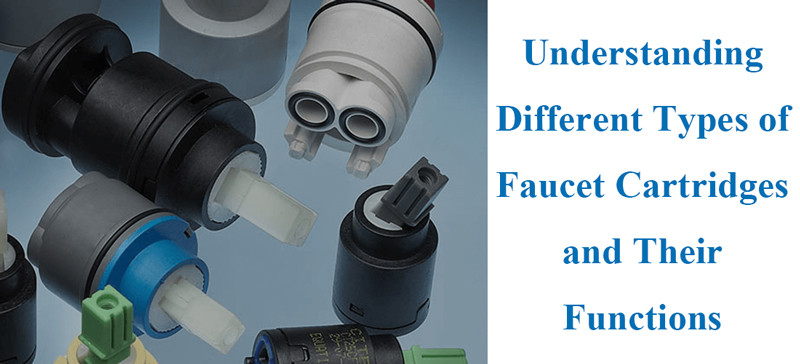
When it comes to faucets, most people focus on their design, finish, and water flow. However, one of the most crucial yet often overlooked components of a faucet is its cartridge. The cartridge controls the flow of water, determines the ease of use, and affects the longevity of the faucet itself. There are several different types of faucet cartridges, each with its own function, design, and benefits. In this post, we’ll explore the most common types of faucet cartridges and how they work.
Types of Faucet Cartridges
1. Compression Cartridge
The compression cartridge is one of the oldest and simplest types of faucet cartridges. It is commonly found in traditional faucets, especially in older homes.
Function:
Compression faucets operate using a rubber washer that compresses against the valve seat when the faucet handle is turned. This action opens or closes the water flow. In a typical compression faucet, there are two handles—one for hot water and one for cold. By turning the handle, the rubber washer presses against the valve seat to either increase or decrease the water flow, or shut it off completely.
Advantages:
- Simple Design: The compression cartridge is easy to repair and replace, making it a common choice for DIY homeowners.
- Durability: With proper maintenance, a compression faucet can last many years.
- Cost-Effective: These faucets are usually less expensive than their more modern counterparts.
Disadvantages:
- Potential Leaks: The rubber washers can wear out over time, leading to leaks and the need for replacement.
- Inconvenience: You need to turn the handles quite a bit to adjust the water temperature, which can be inconvenient compared to single-handle faucets.
2. Ball Faucet Cartridge
Ball faucets are most commonly found in kitchens and laundry rooms. They are typically single-handle faucets and feature a distinctive “ball” mechanism.
Function:
The ball faucet cartridge uses a spherical metal ball that controls the flow and temperature of the water. This ball is housed in the faucet body, and it has multiple ports and slots that allow water to flow through. When the handle is rotated, the ball shifts, adjusting the hot and cold water mixing as well as the flow rate.
Advantages:
- Single-Handle Convenience: Ball faucets are easier to use because they only require one handle to control both the temperature and water flow.
- Durability: The ball mechanism is relatively durable, and ball faucets generally last a long time.
- Versatility: Ball faucets are ideal for high-traffic areas like kitchens because of their ease of use and durability.
Disadvantages:
- Complexity: Ball faucets are more complicated to repair than compression faucets, and their internal components (such as the ball and seals) may require occasional replacement.
- Leakage Issues: Over time, the seals in ball faucets can wear out, causing leaks.
3. Cartridge Faucet Cartridge
Cartridge faucets are another popular type of faucet that uses a cartridge to control the flow and temperature of the water. They are commonly used in both bathroom and kitchen faucets.
Function:
Cartridge faucets use a cylindrical cartridge that contains two main components: a control stem and a valve body. The stem inside the cartridge moves up and down, controlling the flow of water. By rotating the handle, the user adjusts the position of the control stem to either increase or decrease the water flow or temperature.
Advantages:
- Ease of Use: Cartridge faucets are known for being easy to operate with a simple twist of the handle. The water temperature and pressure are typically easy to adjust.
- Durable: These faucets have fewer parts that wear out compared to compression faucets, making them more durable.
- Smooth Operation: Cartridge faucets provide a smooth turning motion without the “gritty” feel that some older faucets have.
Disadvantages:
- Expensive Repairs: If the cartridge fails, it may be more expensive to replace than other types of cartridges.
- Occasional Leaks: Although rare, some cartridge faucets can develop leaks around the cartridge.
4. Disc Faucet Cartridge
Disc faucets are relatively new to the market but have gained popularity due to their modern design and reliable performance. They are most often seen in high-end bathrooms and kitchens.
Function:
Disc faucets operate using a pair of ceramic discs that slide over each other. These discs control the water flow by moving in opposite directions when the faucet handle is turned. One disc is fixed, while the other is movable, and the movement of the discs creates an opening or closing for the water to flow. Disc faucets typically have a single handle that controls both the temperature and flow.
Advantages:
- Durability: Ceramic discs are incredibly durable and less prone to wear and tear, meaning that disc faucets can last for years without needing repair.
- Smooth Operation: Disc faucets are known for their smooth, effortless handle movement, which makes adjusting the water flow and temperature a breeze.
- Water Efficiency: Many disc faucets are designed to be more water-efficient, making them ideal for households looking to conserve water.
Disadvantages:
- Cost: Disc faucets are more expensive than most other types of faucets due to the advanced technology used in their design.
- Complex Repair: If a disc faucet breaks, repairs can be difficult and expensive, as the cartridge and seals may need to be replaced.
5. Ceramic Cartridge
Ceramic cartridges are often found in high-end faucets due to their durability and smooth operation. They are most commonly used in modern single-handle faucets.
Function:
Ceramic cartridges feature two ceramic discs that move against each other to control water flow. When the handle is turned, one disc moves to create an opening for the water to flow through. The ceramic design helps prevent leaks and drips and allows for smooth operation of the faucet.
Advantages:
- Longevity: Ceramic cartridges last much longer than traditional rubber seals, making them a good choice for long-term use.
- Drip-Free Operation: Ceramic cartridges are excellent at preventing leaks, making them ideal for homes that want to avoid constant faucet repairs.
- Easy to Use: The smooth operation of ceramic cartridges means that users can easily adjust the water flow and temperature with minimal effort.
Disadvantages:
- Cost: Faucets with ceramic cartridges tend to be more expensive than those with other types of cartridges, although their longevity often justifies the higher cost.
- Fragility: While ceramic is durable, it can be brittle and prone to breaking if mishandled.
Conclusion
The cartridge is the heart of any faucet, and understanding the different types of faucet cartridges available is essential when choosing a faucet that meets your needs. Compression, ball, cartridge, disc, and ceramic cartridges each have their unique advantages and disadvantages. The type of cartridge you choose will depend on your preferences for durability, ease of use, water conservation, and cost. Whether you’re looking for a high-end luxury faucet or a more budget-friendly option, knowing about the various faucet cartridges can help you make a more informed decision.
 WOWOW Faucets
WOWOW Faucets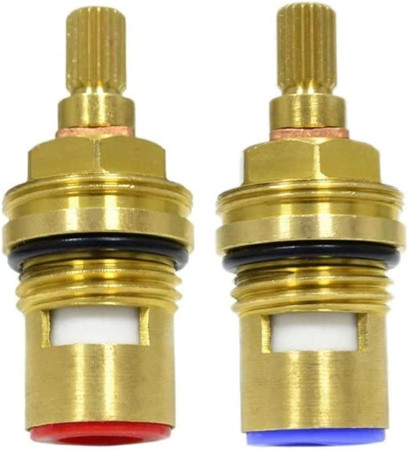

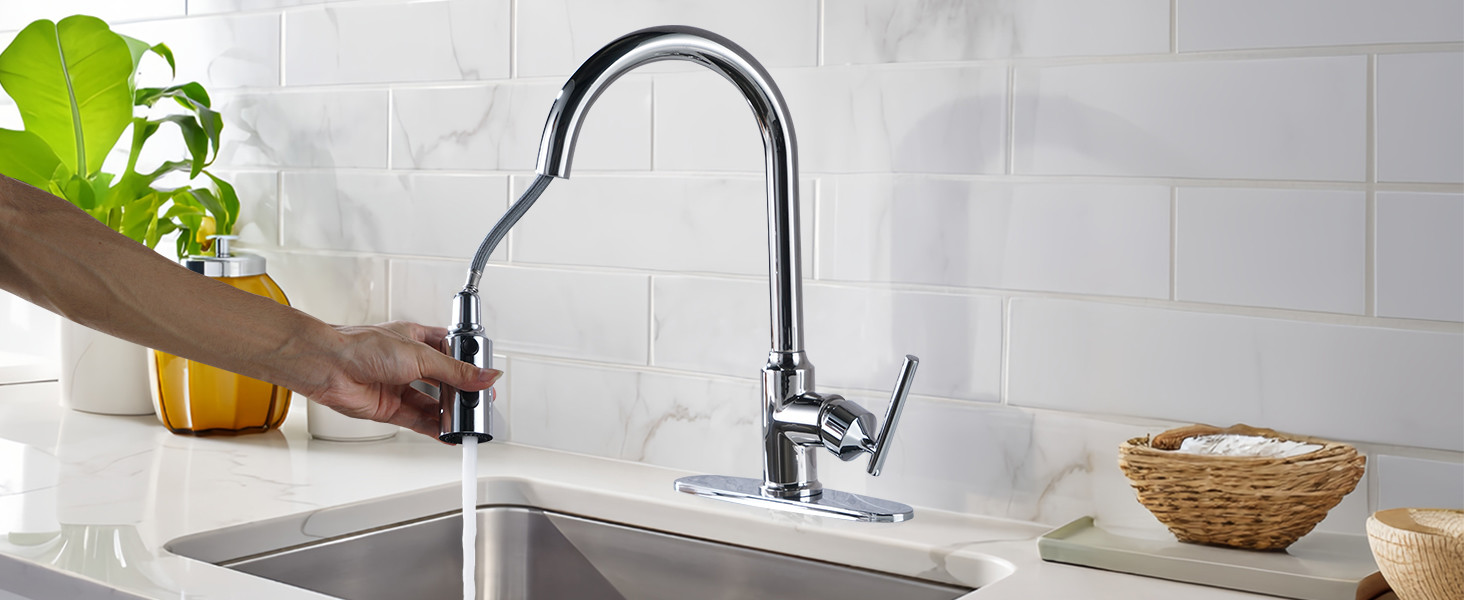

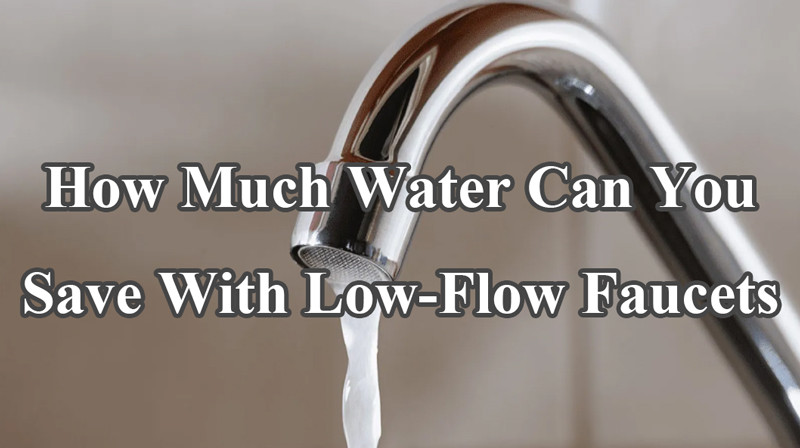


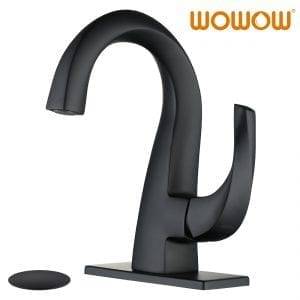
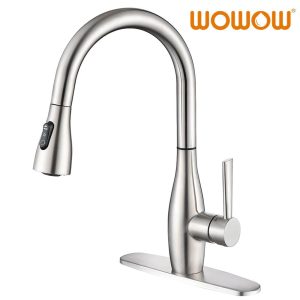
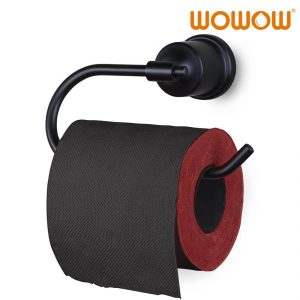
您好!Please sign in